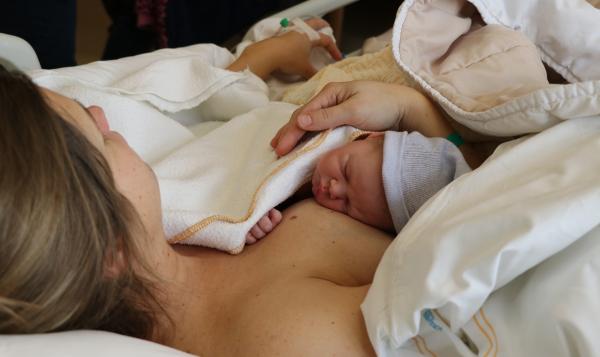The National Center for Health Statistics released their report of provisional 2018 data on U.S. births and with last year experiencing the lowest number in 32 years this news is getting much attention. Though the publication doesn’t delve into interpretation or reasons for this and other identifiable trends, it does point out patterns that reflect a changing culture or society and areas that might require intervention. While some public commentary is doubling down on fear that such continued decline will merit a failed replacement rate for the overall population, it is time to take a pause and appreciate the nuances in these observed trends.
A few main findings
-
Provisional number of births in 2018 was 3,788,235, down 2% from 2017
-
For women in their late 30s and early 40s, birth rates increased - for almost all age groups under 35 rates declined.
-
Birth rates for teens dropped 7%
-
Cesarean (C-section) delivery, in general, and low risk C-section delivery rates went down
-
Preterm births increased for the fourth consecutive year, but overall it seems the lion’s share of this value occurred in increases of late preterm infants with declines in early preterm babies. Term is considered 37 weeks, read here to learn the real deal about due dates.
-
The low birth weight rate was stable.
-
Prenatal care starting in the first trimester increased. These numbers were relatively good for most populations, but did show racial disparities.
What is there to learn from this data
First, the data is provisional so, though unlikely, some of the values may change once all is said and done in the final set. It should come as no surprise that there is a lot of supposition around explanations for this decline abounding in the public sphere, with the more highly charged declarations coming from political pundits. When, in reality, this report does not comment on why, it does not provide interpretation.
And, birth rates and fertility rates (among the other information ascertained) involve layers of influencing factors. These results included age, race, timing of prenatal care, C-section delivery, preterm births and low birth weight but more exist that play a role. For example, access to healthcare, the economy, medical progress in the field (eg. contraception), personal autonomy, fertility issues, geography, and education are among the many considerations.
Like most trends in populations there can be a host of biopsychosocial determinants that guide these outcomes. People are not monoliths despite how routinely our society tries to reduce such complexity to binary understanding. People shift and change as the culture does.
Though many of the trends were in the right direction in terms of prenatal care, for instance, there is clearly an opportunity to learn as much as possible so as to narrow the gaps in racial disparities. In so doing, targeted interventions can be implemented successfully.
As more research is performed, a clearer picture will likely emerge. For a deeper dive into the metrics used and the numbers obtained, read the full report here.




